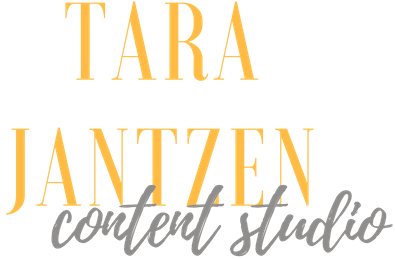I’ve recently come across several articles that define various components of the content creation and management community. As a long-time practitioner of content, knowledge, and communications strategies and management, I agree with many of them. However, based on my own experiences, I do have some slight variations in my personal definitions.
More and more, content is the basis of our marketing and PR efforts. Brand journalism, content marketing, storytelling, social media—at the core, there is content. Getting the strategy, development, and distribution of our thought leadership right increases our chances of success.
In a few of my posts, I have shared elements that are important to a winning content program. So let me start by providing a baseline definition for each building block of what I call the content ecosystem.
Content Strategy. I find that when many try to define content strategy, they bleed too much into content management and even content planning activities. I think it’s important to differentiate between them as they each have a distinct purpose.
A good content strategy starts by answering “why” and “what” and ensures the intent aligns to the overall business strategy and priorities of the organization.
Not all organizations are selling the same thing—some sell products, some sell services. And not all are selling to the same audience sets either—B2B, B2C—very different. The content each audience needs in relation to making a buying decision is critical information in the content strategy.
A good strategy should explore what sort of organization it’s supporting, who are its clients, what’s the brand promise, where do they play in the market, what are competitors doing, and how they want to be different? It needs to look at both internal and external content requirements, asking what are the general content types needed by all audience sets, who actually creates this content, and how often? Is the organization a heavy content creator or low volume? What does that mean for the brand and your customers? Is there a need to incorporate curated content into the strategy to fill gaps, or can internal resources and experts manage?
The content strategy will be crystal clear about the organization’s story, why it creates content, who it’s for, what it means to the brand, what type it creates, and how often it’s developed. Senior leadership must buy into this strategy—it must make sense based on what the business is trying to accomplish, and must support their annual goals. And yes, it must be measurable.
Content Planning. Once you have a better idea of the why, what, and who, you can pull together a comprehensive content plan.
A content plan will provide a holistic lens into all the necessary content types your organization requires, what topics and trends they align to, who owns the development, what events it may align to, when it’s needed, how often content is developed, and where and how it will be distributed. A content plan may continue to change or evolve over time, but allows you to establish a cadence of regular content, and can feed into your editorial calendar activities as well as the content marketing initiatives.
Content Management. Content management really looks at the governance and oversight of content once it’s developed, on through to retirement. Below is a typical depiction of a content lifecycle. Content management defines and manages the entire process, including the system and meta tagging leveraged. A good content management process includes the evolution or reinvention of some content ensuring we don’t just retire a piece, but examine whether it simply needs modifying or repurposing for a new way of thinking. Setting an automatic archive is not recommended. If you set a date for renewal instead, this allows for conversations with your experts who may need the prompt to pull in new thought leadership to take it to the next level, or it may drive new innovations as well.
Content Marketing. Content marketing really takes the content strategy and then determines the “how” and “where” from an external perspective. Heidi Cohen did a great compilation of content marketing definitions a few years back, and they are still relevant to the conversation today.
For me, it answers things like, where are the critical placements for this content? How can I get the most reach and engagement with my clients and prospects? Where or how can we bring the most value to them? At what point do they need this information as they make critical decisions? Where can we support their business growth story and get them what they need, at point-of-need? What channel, content type, or packaging style is the best format for what they are looking for and where they are looking for it? While it certainly establishes your organization as the expert, its goal is to optimally serve the needs of your audience.
This is how I see a slice of the content ecosystem as I have applied my methods and tools over the years. Each element should seamlessly work with the next to bring the most to your content program. One without the others and chances for success are greatly reduced.
I’d like to know what you think or have experienced. What are your thoughts? How do you define these terms in your world?
Image: ©iStock.com/SirikulT


